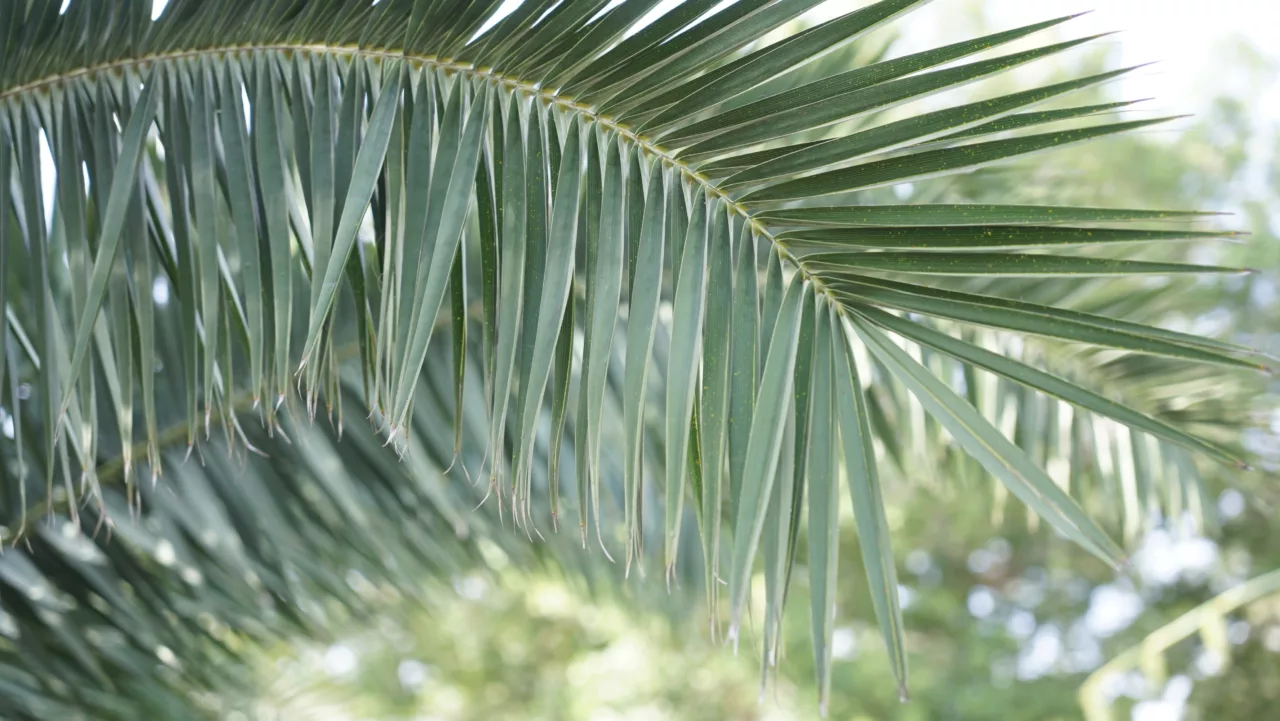
What's the deal with the Palms?
As a church of creatives, MiddleTree seeks to provide space for our community members to share their thoughts, Biblical insights, and reflections on what the Lord is doing. The following is a blog written by a contributing author; opinions, beliefs, and viewpoints may not directly reflect those of MiddleTree Church.
Written by Pam Beachey
What’s the deal with palm branches? Why are they a part of Christian worship on Palm Sunday?
Palm Sunday, the Sunday before Easter, commemorates Jesus Christ’s triumphal entry into Jerusalem as foretold in the Bible by the prophet Zechariah.
Rejoice greatly, Daughter Zion! Shout, Daughter Jerusalem! See, your king comes to you, righteous and victorious, lowly and riding on a donkey, on a colt, the foal of a donkey (Zechariah 9:9).
The Bible tells us people cut branches from palm trees, laid them across Jesus’ path and waved them in the air (Matthew 21:8).
In ancient times, palm branches symbolized goodness and victory (Revelation 7:9). So, the fact that the people laid them out in front of Jesus as He rode into Jerusalem show us that his journey to the cross and the resurrection was a journey of victory. As the crowds lay them down in front of Jesus they shouted “Hosanna to the Son of David!” “Blessed is he who comes in the name of the Lord!” “Hosanna in the Highest!” (Matthew 21:9).
“Hosanna” which means “Save Now” in the Aramaic language, is a joyful exclamation of praise specific to the major Jewish festivals (Psalm 118:25-26). When we hear ‘hosanna’ in the gospels it is expressed only in the events surrounding Jesus’ triumphal entry into Jerusalem. The crowds shouted it as did the children later in the temple and the chiefly priests became indignant (Matthew 21:15).
It could be said that “hosanna” was said as the palms were waved. Hosanna comes from the lips of those who have joy in exclamation. Saying it may be better than translating it. It may be grouped with “hallelujah” as an exclamation of praise whereas in origin it was a call to praise (Revelation 19:.
Palms were often depicted on coins and important buildings. Solomon had palm branches carved into the walls and doors of the temple (1 Kings 6:29).
At the end of the Bible, people from every nation raise palm branches to honor Jesus (Revelation 7:9).
The Hebrew name for palm tree is tamar, the date-palm characteristic of Palestine. It is described as “flourishing” (Psalms 92:12) and ‘upright” (Jeremiah 10:5).
Palms were a stately tree. Deborah held court under the palm trees, between Ramah and Bethel in the hill country of Ephraim, and the Israelites went up to her to have their disputes decided (Judges 4:5).
The palm branch was the emblem of Judea and appeared on the coins of the land, symbolizing one of the country’s riches. When Jesus entered Jerusalem, covering the way with palm branches, the people were offering a symbol of great value and luxury.
Palms were a symbol of necessity, too. To the Jews, palm branches represented a gift from God because of their many uses in the people’s lives.
Branches of the palm tree were carried at the feast of Tabernacles (Leviticus 23:40).
It was common practice in the ancient world to honor or welcome a king or hero when arriving into the city by spreading out branches for them to walk or ride on.
When Jesus arrived in Jerusalem, he came opposite to what was expected of a coming king. Riding on a donkey, he confronted the crowds and a different kingdom arrived with him. He was bringing it in person. His symbolic entry comes to those who make him king. When Jesus entered Jerusalem, the whole city was stirred and asked, “Who is this?” and Psalm 24:10 asks, “Who is he, This King of Glory?”
What type of entry will Jesus take into our lives and hearts this Palm Sunday? Will we accept only his affection or will be call him King as he confronts us and our sin?